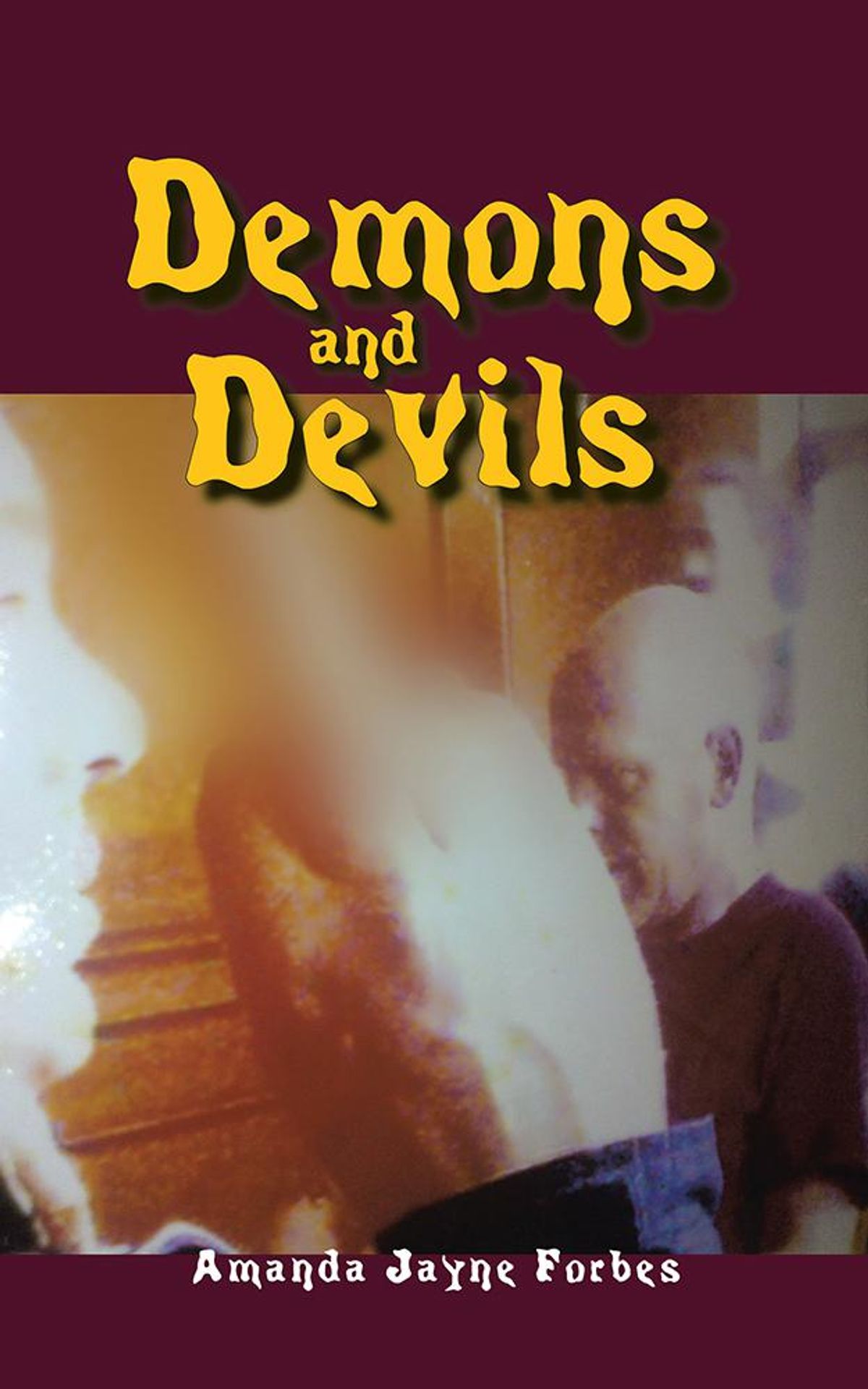
The Zoroastrian religion that developed in Persia pictured the world in terms of tension between opposites: God ( Ahura Mazda) and the Devil (Ahriman), light and darkness, health and illness, life and death. Ahura Mazda (pronounced ah-HOO-ruh MAHZ-duh) was the god of goodness and order, while his twin brother, Ahriman (pronounced AH-ri-muhn), was the god of evil and chaos (disorder). Persian Mythology In the mythology of Persia, now known as Iran, two opposing powers struggled for control of the universe. Like many demons, Nehebkau had more than one role. At other times, though, he was a menacing monster, a serpent with human arms and legs who threatened the souls of the dead. One such demon was Nehebkau (pronounced neh-HEB-kah), who appeared at times as a powerful earth spirit, a source of strength for the other gods. The Egyptians believed in the existence of demons. Followers of the supreme god Horus conquered Set's followers, and the priests of Horus made Set the enemy of the other gods and the source of evil. Once a helpful god who ruled the kingdom of the blessed dead, Set's place in the Egyptian pantheon-or collection of recognized gods-changed after he murdered his brother. Frightening and dramatic stories and images of them have always had considerable appeal.Įgyptian Mythology The devil could be seen in the evil god Set in ancient Egyptian mythology. Major Mythsĭevilish and demonic forces have taken many shapes and forms around the world. Human witches, wizards, and sorcerers were thought to gain some of their abilities by summoning and controlling demons through magical practices. In many cultures, demons were merely inhuman supernatural powers that could be evil or good at various times, depending on whether their actions harmed or helped people. The ancient Greeks spoke of a person's daimon as his or her personal spirit, guardian angel, or soul. They are often monstrous in appearance, combining the features of different animals or of animals and humans.ĭemons were not always regarded as evil. Demons may be the messengers, attendants, or servants of the Devil. Many religious and mythological explanations say that devils are related to the gods or that they are gods of evil.Ī demon (sometimes spelled daemon) is generally thought to be a harmful or evil spirit or supernatural being, sometimes a god or the offspring of a god.

Monotheistic religions, which recognize only a single supreme God, also often speak of one devil.ĭevils and gods may be opposites, but they are also usually linked in some way. The general view is that devils are trying to destroy humans, to tempt them into sinning, or to turn them against their gods.

In most mythologies and religions, a devil is a leader or ruler among evil spirits, a being who acts in direct opposition to the gods. Although devils and demons sometimes seem to be closely related or even identical, they also appear in myth and religion as two quite different creatures. Some people, including many Christian writers, have used the terms devil and demon almost interchangeably. Although devils and demons have been pictured in many different ways, they are usually associated with darkness, danger, violence, and death. In many religions, devils and demons stand on the opposite side of the cosmic balance from gods and angels. Devils are generally regarded as the adversaries (enemies) of the gods, while the image of demons ranges from mischief makers to powerful destructive forces. In myths, legends, and various religions, devils and demons are evil or harmful supernatural beings.


 0 kommentar(er)
0 kommentar(er)
